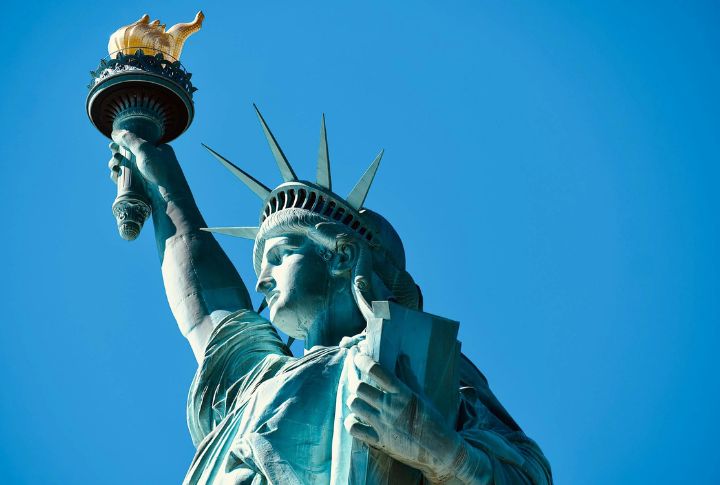
Not all landmarks reveal their full stories. Some of the most iconic sites in the United States contain restricted, hidden rooms and tunnels that remain unseen by the public. Why were these built, and what secrets do they hold? Let’s explore some of the most intriguing concealed spaces across America’s famous landmarks.
White House Emergency Bunker
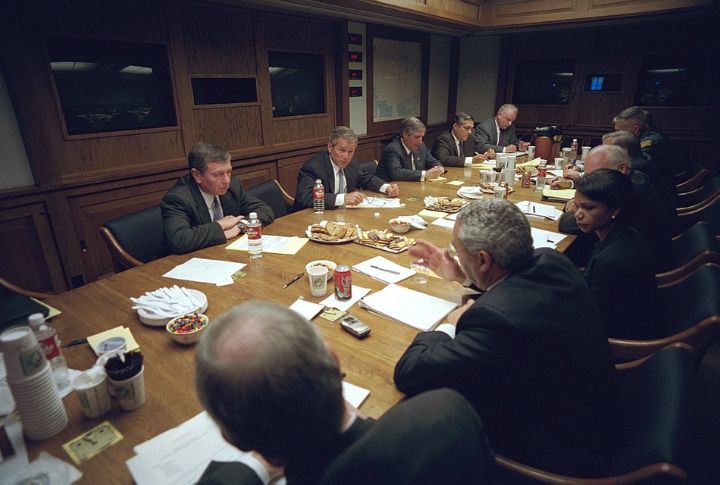
Where does the president retreat in times of crisis? Beneath the White House lies a fortified command center, first used during 9/11. Though details are scarce, reports suggest it includes advanced security technology and emergency provisions for uninterrupted leadership operations during national emergencies.
Mount Rushmore’s Sealed Vault
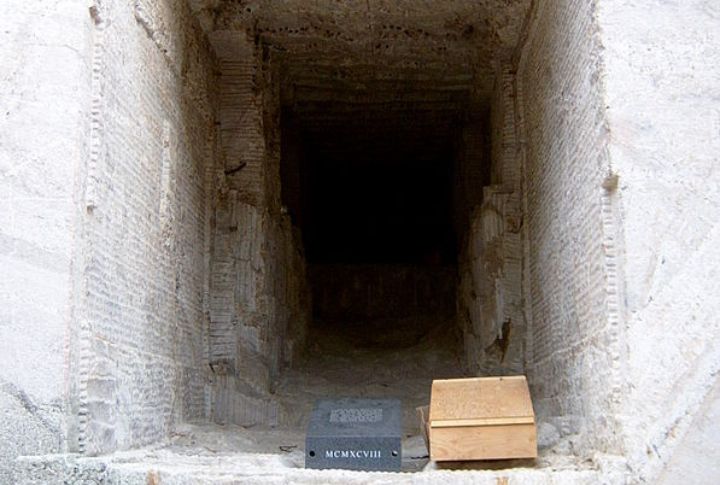
Mount Rushmore is known to hold more than just carved faces. A secret chamber behind Lincoln’s head was intended to house America’s most vital historical documents. Sculptor Gutzon Borglum intended it to be a Hall of Records, but the project was abandoned, leaving a locked vault with an unfinished legacy.
Empire State Building’s Private Lookout
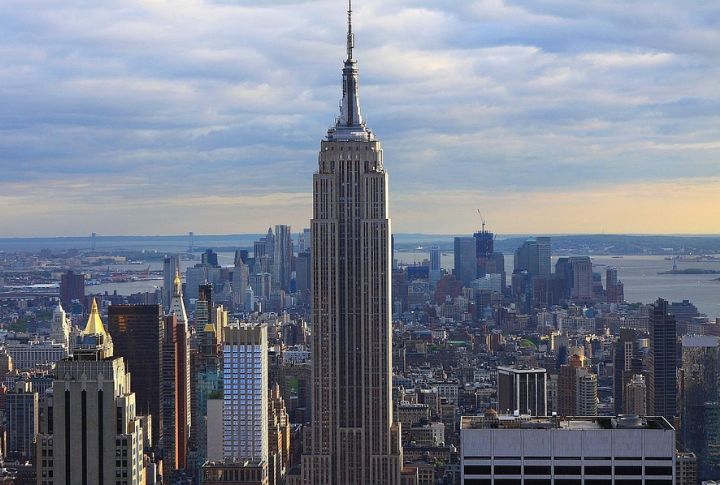
Few people know that a railless 103rd-floor balcony exists beyond the public observatory. Frank Sinatra once took in the skyline from this precarious ledge. Reserved for maintenance crews and select guests, the platform offers a rare, unfiltered view of New York City. Would you dare to get up there?
Statue of Liberty’s Unreachable Torch
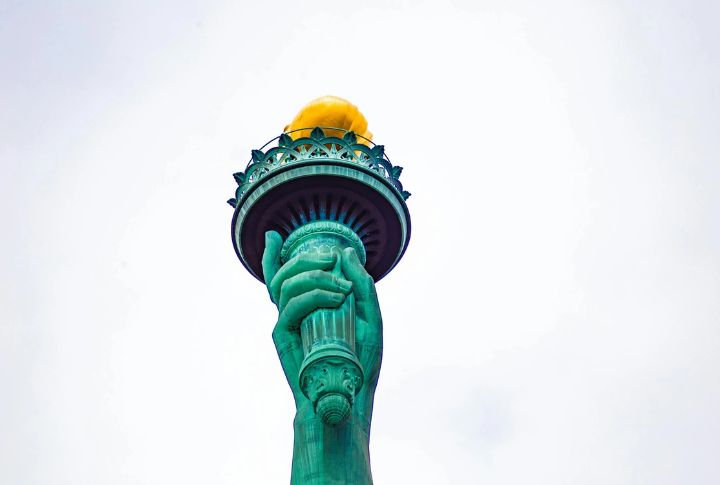
Ever wondered why visitors can’t climb into Lady Liberty’s torch? Since 1916, public access has been banned due to an explosion caused by wartime sabotage. The original torch, replaced in 1986, now resides in a museum. It is a shame that it is now reduced to a silent spectator to one of America’s best views.
Greenbrier’s Underground Congressional Shelter
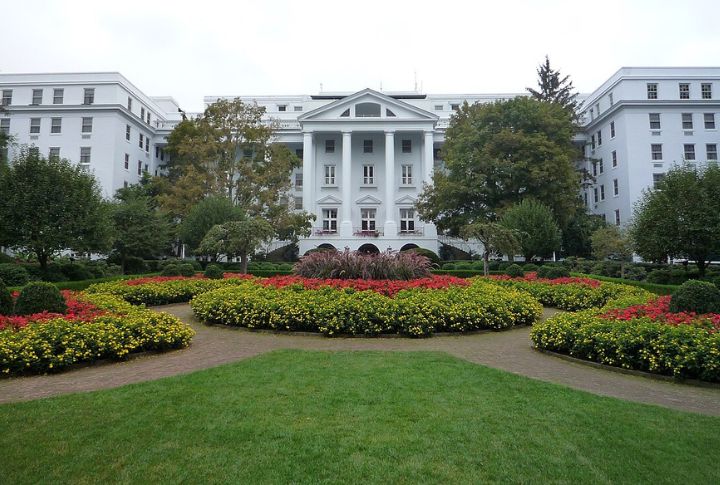
During the Cold War, paranoia ran deep—so deep that a nuclear bunker was secretly built beneath the Greenbrier Resort. Declassified in 1992, this hidden refuge included living dormitories, a medical facility, and a meeting hall designed to allow Congress to function through an attack.
Brooklyn Bridge’s Abandoned Cellars
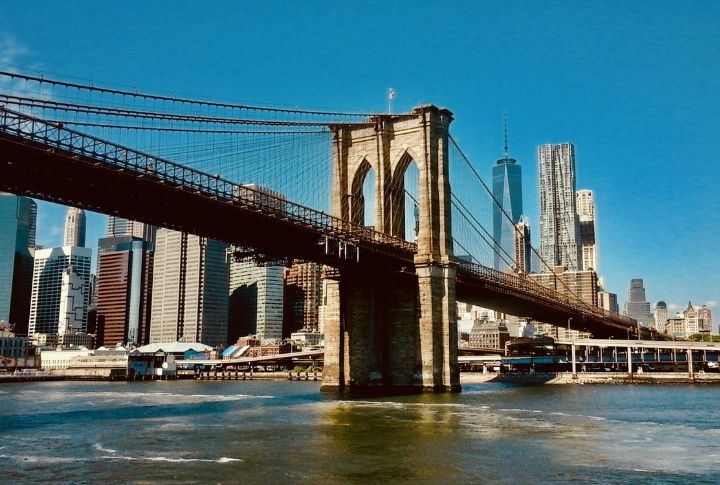
Imagine walking across the Brooklyn Bridge, unaware that old wine cellars are concealed beneath its stone foundations. Once rented to merchants in the 19th century, these underground vaults offered ideal aging conditions. Today, remnants of their use linger in the darkened tunnels, almost forgotten.
Disneyland’s Private VIP Club
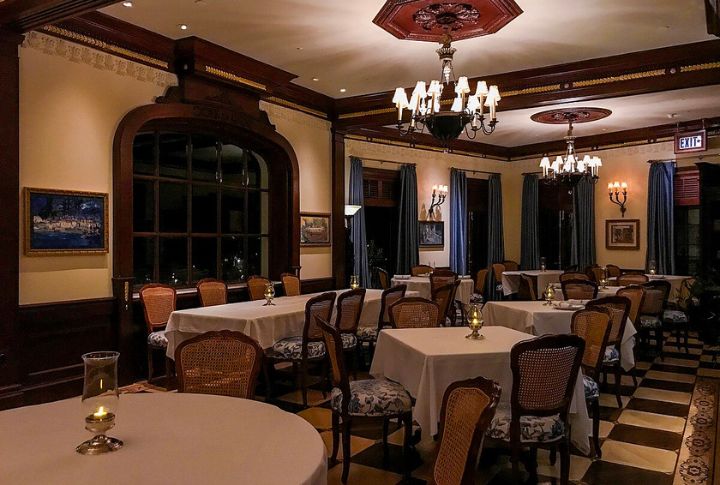
A secret dining club inside Disneyland? Hidden in New Orleans Square, Club 33 was envisioned by Walt Disney as a retreat for VIP guests. Celebrities, dignitaries, and corporate elites have gathered here with exclusive access privileges for decades. This is one of the most you-can’t-sit-with-us kind of venues in the world.
Woolworth Building’s Hidden Pool
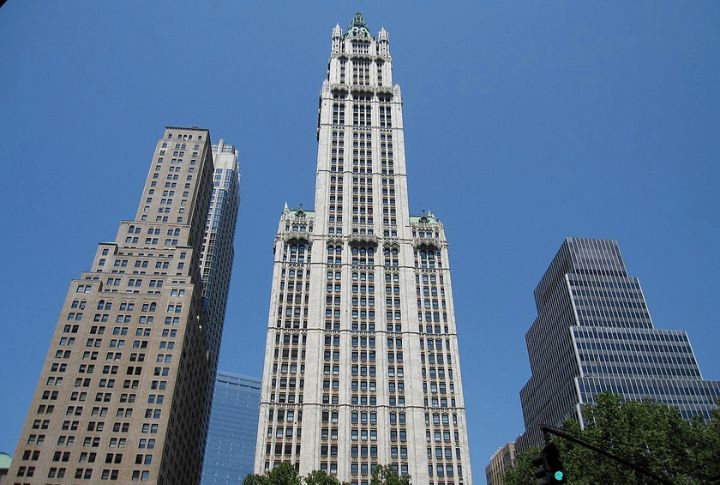
New York’s skyline hides more than just offices. The Woolworth Building’s basement conceals a lavish private swimming pool. It is a forgotten place that was left behind, reminiscent of early 20th-century luxury. Once reserved for company executives, the pool remains intact, though its grandeur has faded into history.
Mansion On O Street’s Secret Doorways
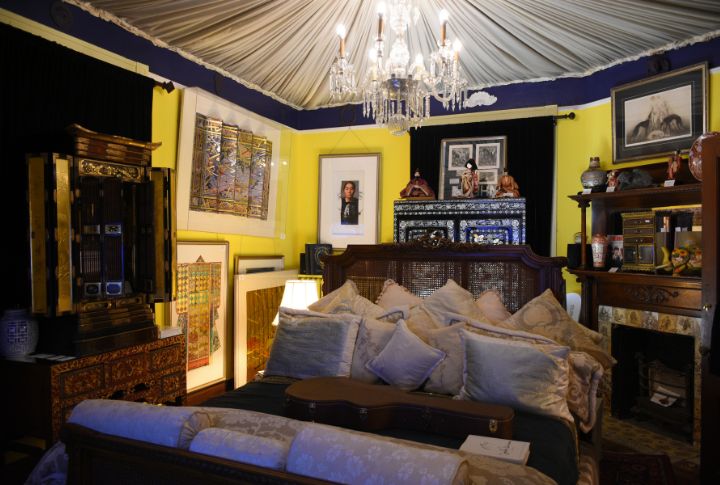
A house full of secret doors sounds like something from a mystery novel, but in Washington, D.C., it’s real. The Mansion on O Street was once a boarding house. It has over 70 concealed passageways. Today, guests can explore its pretzeled halls, which uncover secret rooms along the way.
Hoover Dam’s Hidden Passageways
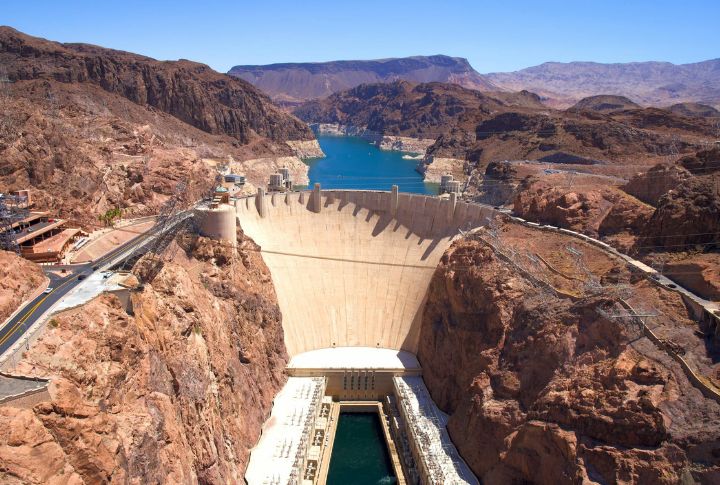
Graffiti from the 1930s still lingers inside Hoover Dam’s long-sealed tunnels. During its construction, workers left behind messages and carvings on the walls. While some tunnels remain accessible for maintenance, many are now locked away and preserve the stories of the people who built them.
Grand Central’s Whispering Corners
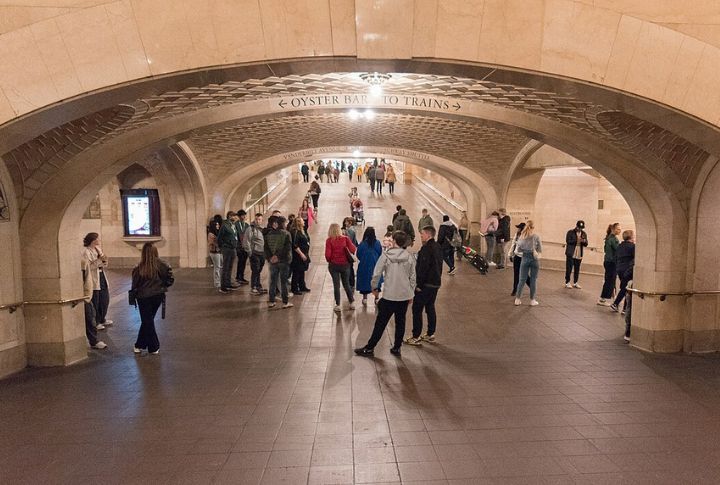
Movies and TV shows have long featured Grand Central Terminal, but few highlight its peculiar acoustic quirk. The whispering gallery allows sound to travel from one archway to another, which makes conversations between distant corners possible—a perfect spot for a whispered secret.
Washington Monument’s Restricted Hatch
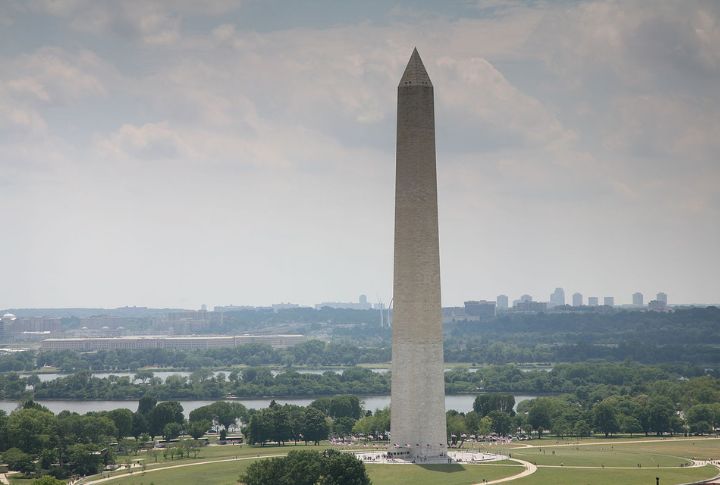
In 1934, a daring journalist convinced officials to let him climb through the hatch at the top of the Washington Monument. This small exit, still used by maintenance crews, opens to a narrow ledge with an unmatched view of the city; though this ledge still exists, it is strictly off-limits today.
Capitol’s Private Underground Transit
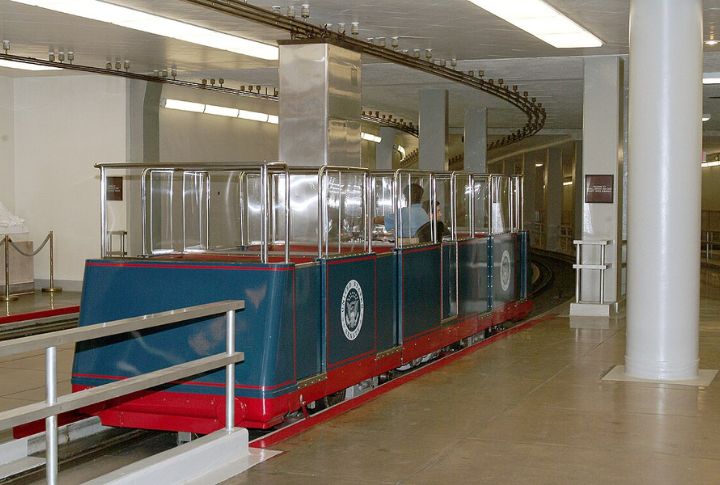
Have you wondered how politicians move around Washington, D.C., unnoticed? A hidden subway system under the U.S. Capitol allows lawmakers to travel between government buildings in private. Built in 1909, it is still in operation but closed to the public.
Library Of Congress’s Underground Book Ways
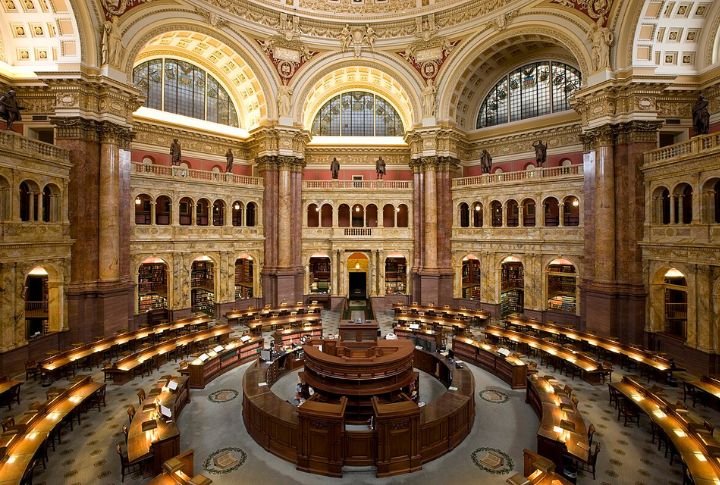
Before digital databases, books traveled underground. Tunnels that connect the Library of Congress to the U.S. Capitol once transported important manuscripts. Some tunnels remain in use, while others have been sealed. Some rumors still float about the forgotten literary treasures beneath the nation’s capital.
The Pentagon’s Most Mysterious Floor
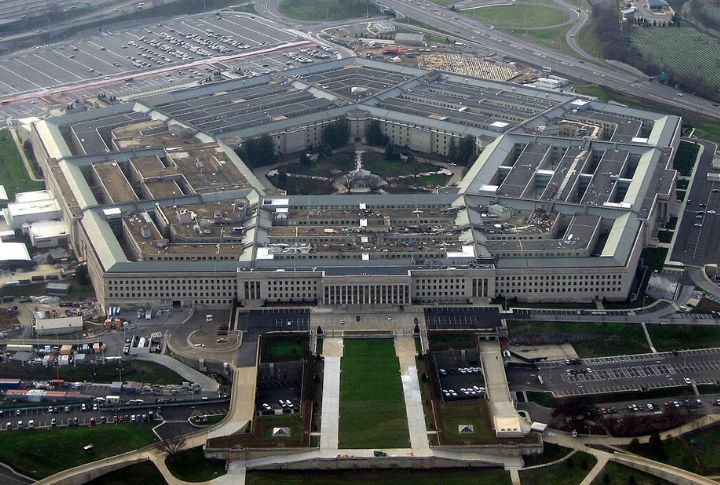
There are five sides and five floors, but one of them remains a mystery. The Pentagon’s fifth floor is closed to the public and limited to classified operations. In contrast to the other levels, it lacks windows, so what happens inside remains unseen by all except for the officials with the highest clearance.
Winchester Mansion’s Unfinished Maze
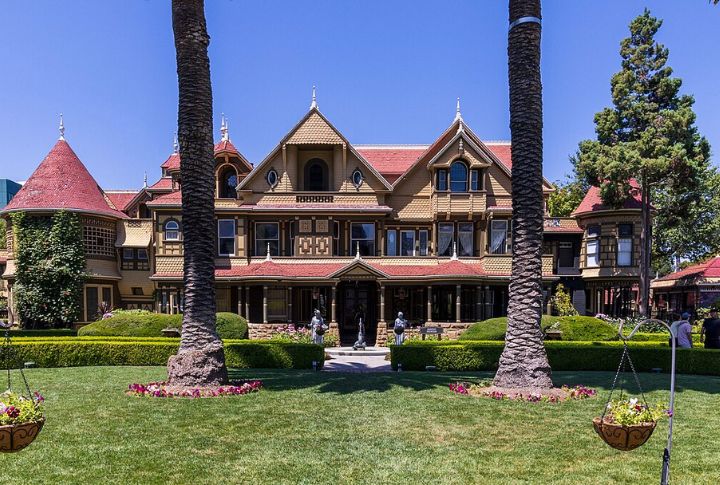
Sarah Winchester’s belief in restless spirits shaped one of the strangest homes in America. It is a tourist landmark featuring doors that lead to nowhere and staircases that stop abruptly; her mansion was built continuously for nearly 40 years. Today, it stands as a labyrinth of architectural oddities with many conspiracy theories.
United Nations Quiet Meditation Space
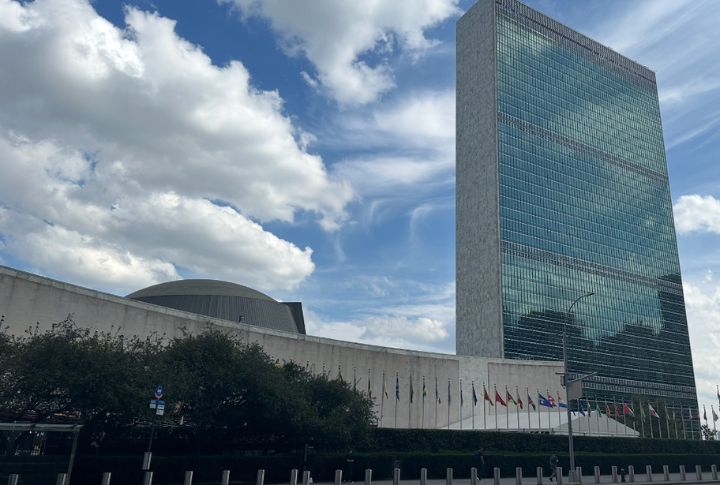
Former Secretary-General Dag once said, “We all have within us a center of stillness.” This philosophy inspired the United Nations Meditation Room, a space for diplomats to reflect amid global negotiations. Free of religious symbols, it is one of the few places in the UN reserved for silence with restricted access.
The Lincoln Memorial’s Underground Chamber
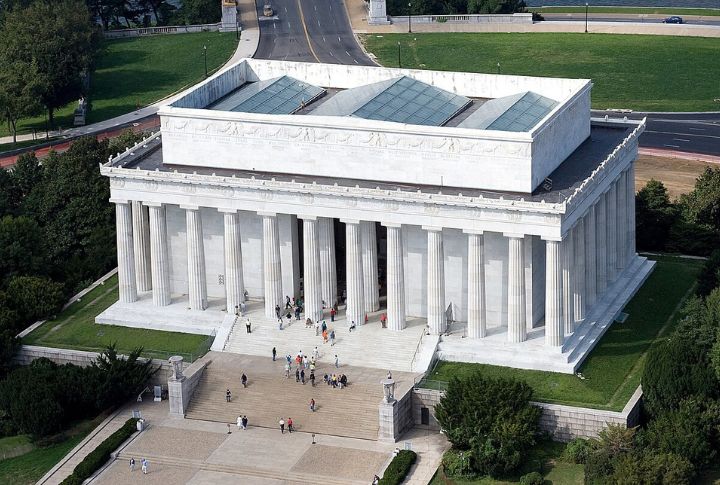
Beneath the Lincoln Memorial lies a vast cathedral-like cavern, originally designed as a foundation support system. Over time, the underground space became filled with graffiti from early workers. It was an unknown site to the public until the 1970s but is now closed due to safety concerns.
Biltmore Estate’s Hidden Servant Pathways
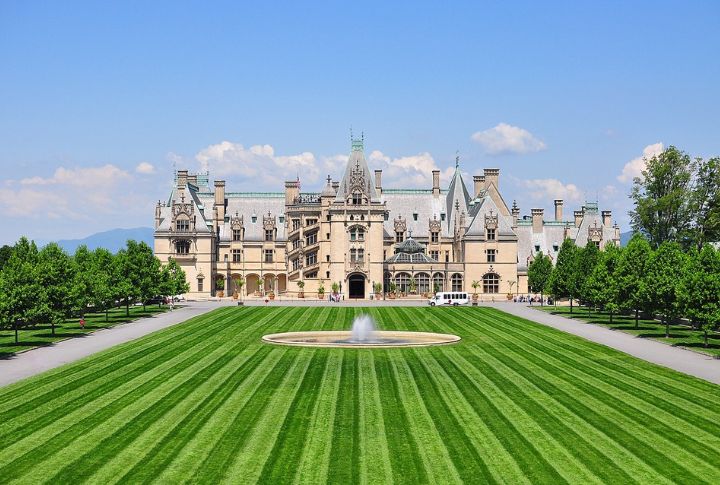
The grandeur of America’s largest private home was carefully maintained, thanks to hidden passageways designed for staff movement. These corridors are said to have allowed servants to move around the mansion unseen, preserving the illusion of effortless aristocratic living in the Vanderbilt family’s opulent estate.
Alcatraz’s Buried Military Tunnels
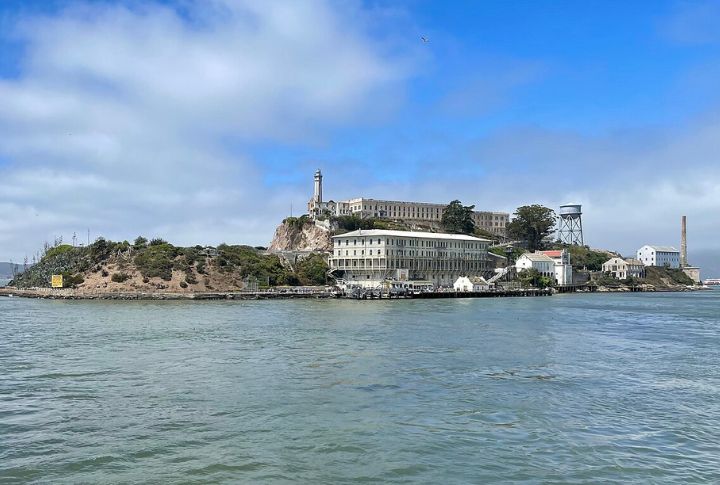
Alcatraz’s secrets run deeper than its prison walls—literally. Archaeologists uncovered hidden Civil War-era tunnels beneath the island that revealed its forgotten past as a military fort. While no inmates ever used them for daring escapes like the one in 1962, their discovery adds a whole new layer to the legend of Alcatraz.
